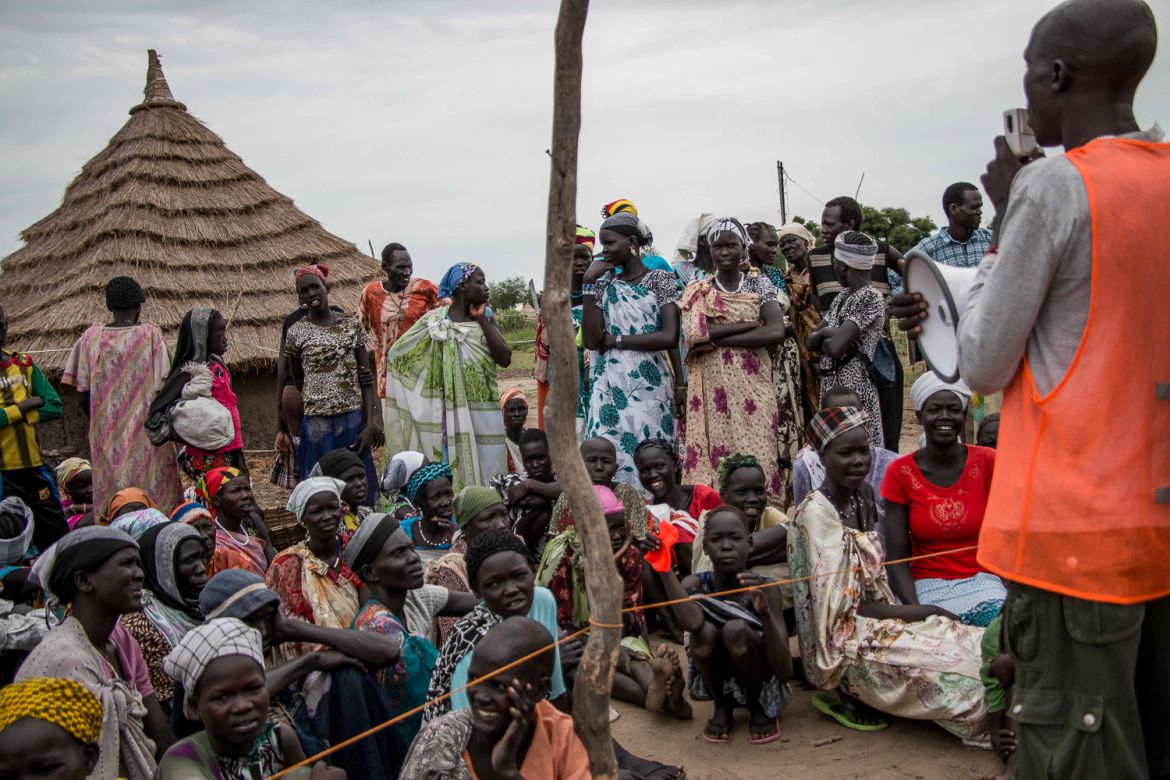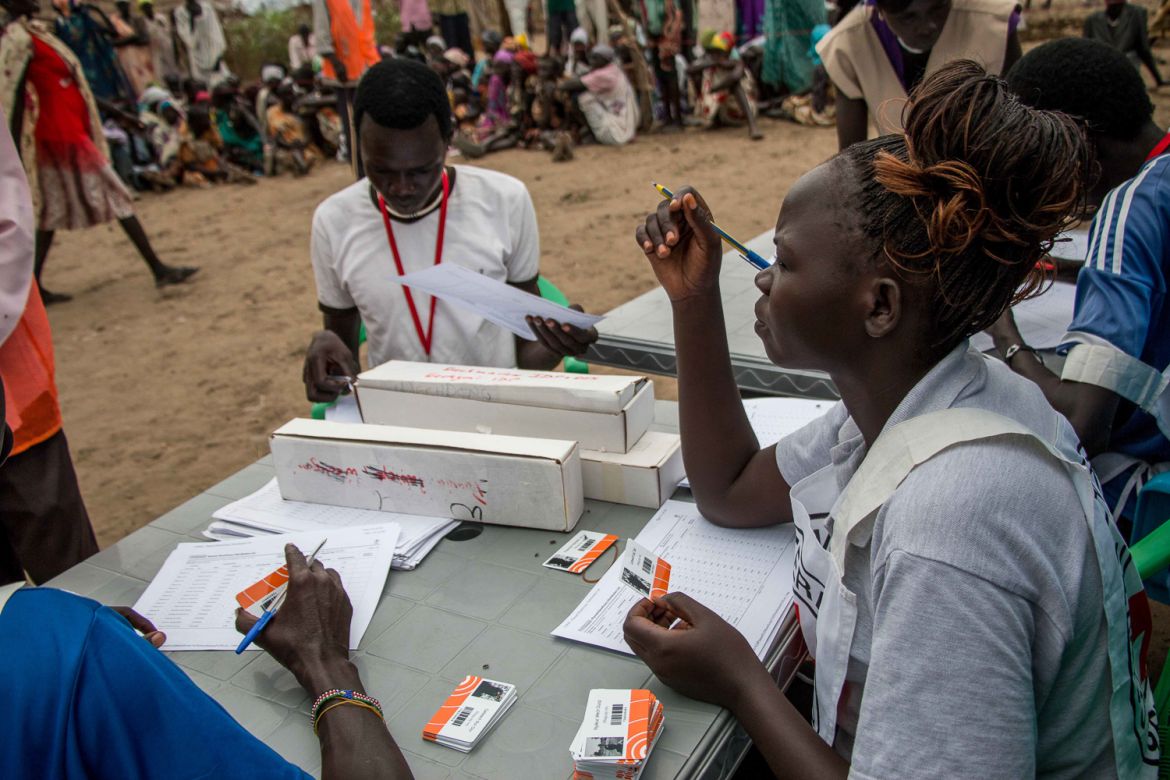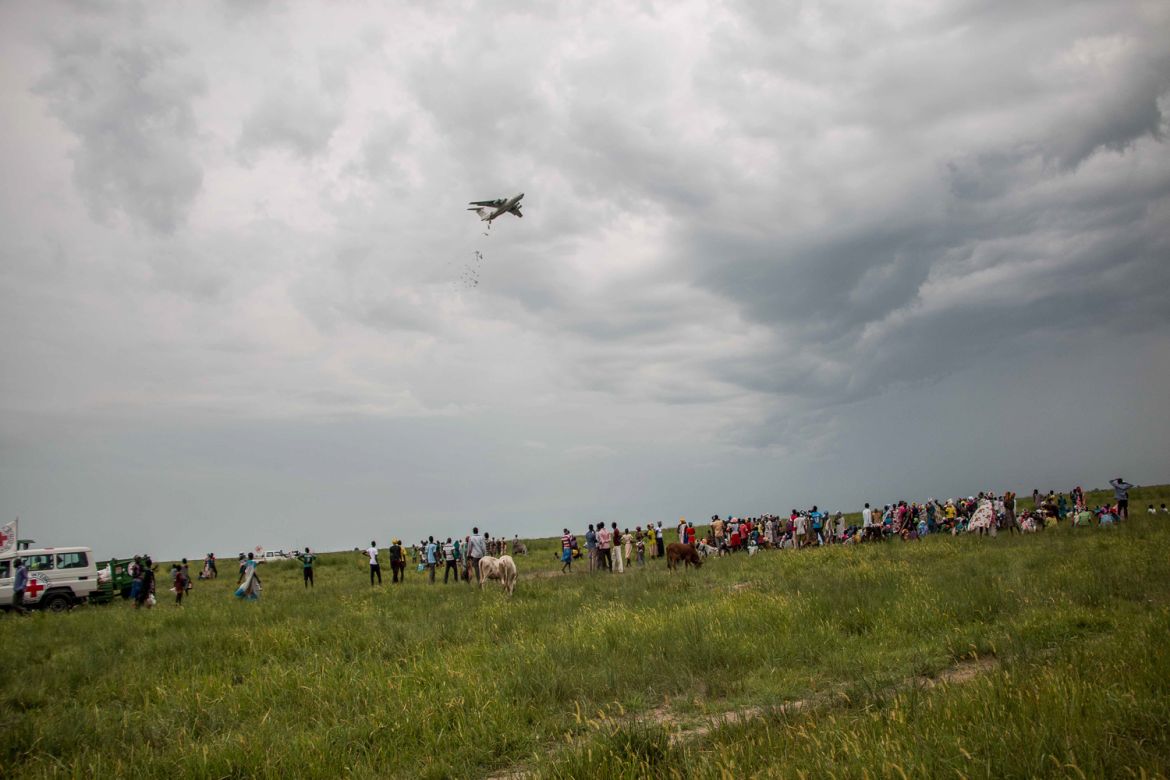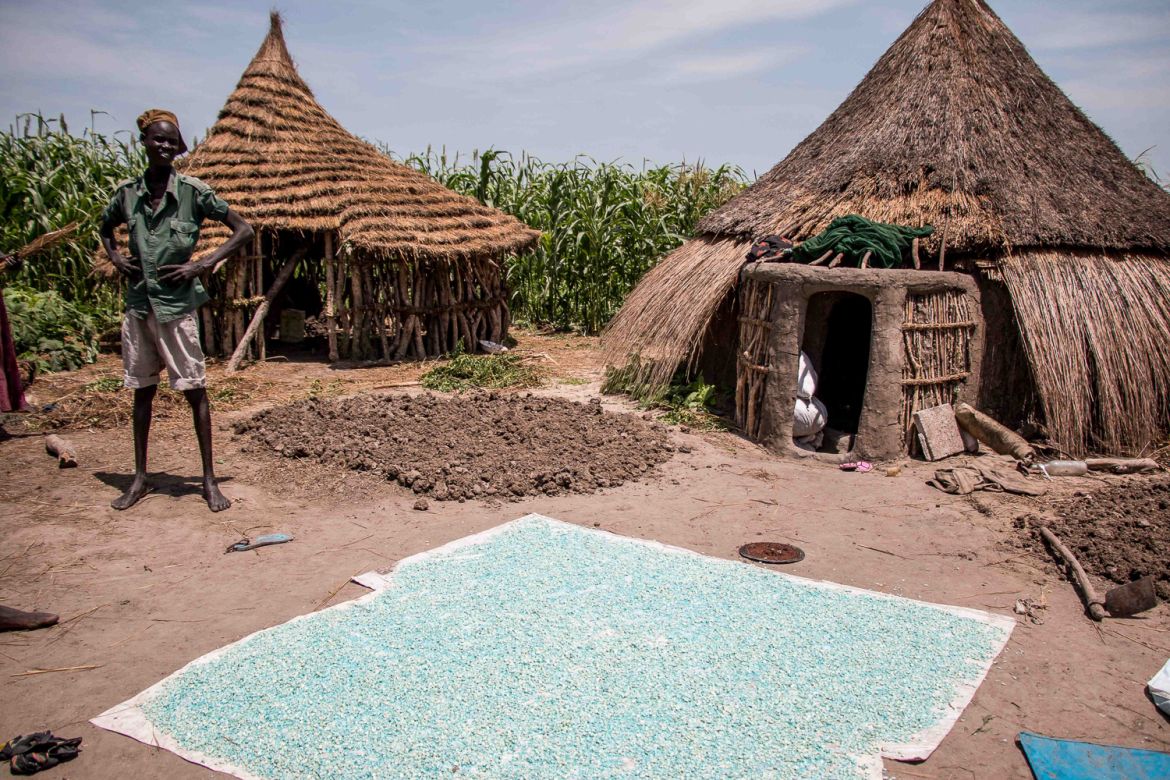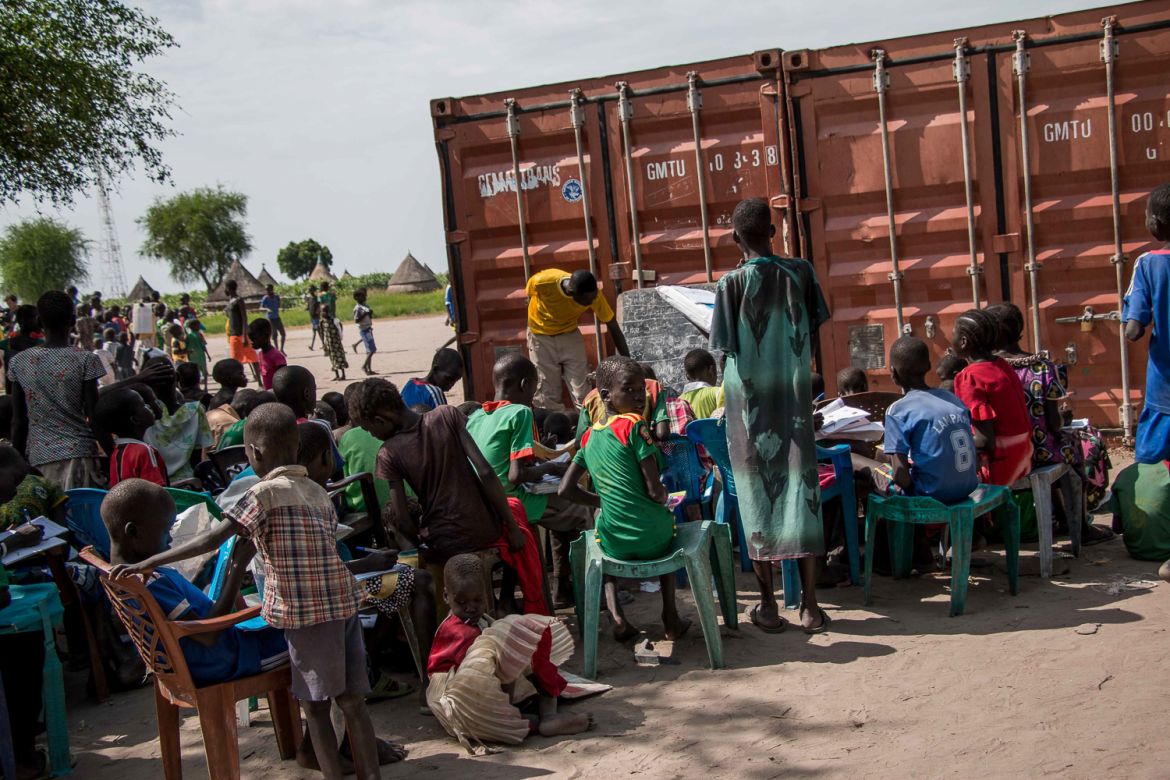In Pictures
S Sudan: the displaced find sanctuary on holy ground
With continued government and rebel force fighting, civilians caught in between find shelter in holy city of Waat.

Waat, South Sudan – Tens of thousands of people displaced by war in South Sudan have found a semblance of peace in one of the young nation’s holiest places.
The town of Waat lies deep inside Jonglei State, surrounded by some of the thickest swampland on earth.
It is an ancient heartland for the Nuer people and close the site of a sacred hill raised by their most famous prophet – Ngundeng Bong – in the early 1900s. Ngundeng’s prophecies are believed by many South Sudanese to have foretold current events in this country.
Since April, brutal military assaults by government forces against opposition-held areas in Unity and Upper Nile states have forced families to make long and treacherous journeys on foot to reach Waat, in the belief that the area is protected by God.
“My parents came from Waat, but I was living with my family in Bentiu [Unity State],” John Duol, who claims to be a great-grandson of the prophet himself, told Al Jazeera.
“Our parents tell us that if anything ever happens we should always return to Waat, the land of the prophet, and we will be safe,” Duol said.
Duol fled Unity in May following attacks on the town of Leer. He walked for 29 days with his brother’s four children, crossing the White Nile river on makeshift rafts before reaching Waat.
In Leer county, Duol said he witnessed barges pulling up to the shore bearing the flag of the World Food Programme (WFP). When crowds gathered thinking they would receive humanitarian assistance, soldiers on board opened fire, killing many people.
South Sudan’s army has denied using humanitarian logos to lure civilians into attacks.
